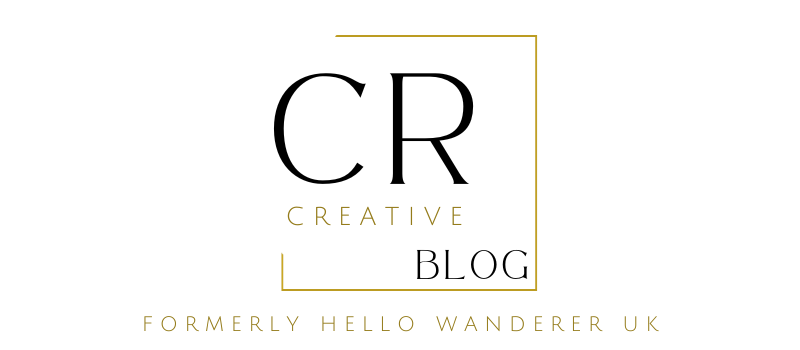1. Understanding Light Dynamics:
Indoor photography demands a keen understanding of light dynamics. The play of natural light through windows, the strategic placement of artificial lighting, and the interplay of shadows contribute to the visual drama within a space. In the UK, where architectural diversity ranges from medieval castles to contemporary office spaces, adapting to different lighting scenarios is a skill that defines the prowess of an architectural photographer.
Composition is the language through which architectural photographers communicate. The use of leading lines, symmetry, and framing within indoor spaces creates visually compelling images. In the UK's architectural tapestry, where grand cathedrals coexist with minimalist urban structures, embracing composition techniques becomes a tool for highlighting the unique features of each space.
3. Conveying Scale and Proportion:
Indoor architecture often plays with scale and proportion, and capturing these elements accurately is crucial. Whether it's the soaring arches of a historic library or the intimate details of a contemporary art gallery, conveying the sense of scale allows viewers to immerse themselves in the spatial experience. In the UK, where architectural heritage spans centuries, each structure presents an opportunity to explore the nuances of scale and proportion.
The tactile qualities of architectural elements are brought to life through photography. From the rough-hewn stone of a medieval fortress to the sleek surfaces of a modern office lobby, showcasing materials and textures adds depth to the visual narrative. In the UK, where architectural preservation is paramount, capturing the patina of aged materials becomes a testament to the enduring nature of the built environment.
Indoor spaces, especially in urban environments, often present the challenge of limited room to manoeuvre. Navigating these constraints requires creativity and adaptability. UK photographers capturing the charm of narrow London townhouses, or the coziness of traditional pubs master the art of utilizing available space to convey a sense of intimacy and character.
The soul of indoor architecture lies in the atmosphere it exudes. Architectural photographers in the UK seek to capture not just physical spaces but the emotions they evoke. Whether it's the hushed reverence of a historic chapel or the dynamic energy of a modern exhibition hall, infusing atmosphere and ambiance into photographs adds a layer of storytelling that resonates with viewers.
7. Utilizing Post-Processing Techniques:
Post-processing is a complementary skill that allows photographers to enhance the impact of their images. Adjusting contrast, fine-tuning colours, and optimizing sharpness contribute to the final visual narrative. In the UK's architectural photography scene, where the juxtaposition of ancient and contemporary structures is common, post-processing becomes a tool for harmonizing diverse elements into a cohesive and visually stunning composition.
Architectural photography goes beyond capturing entire spaces; it involves telling stories through details. Focusing on intricate features like ornate carvings, intricate staircases, or modern fixtures allows photographers to convey the personality and character embedded in the finer elements of indoor architecture. In the UK, where historical tales intertwine with modern design, attention to detail becomes a narrative thread connecting the past and present.







